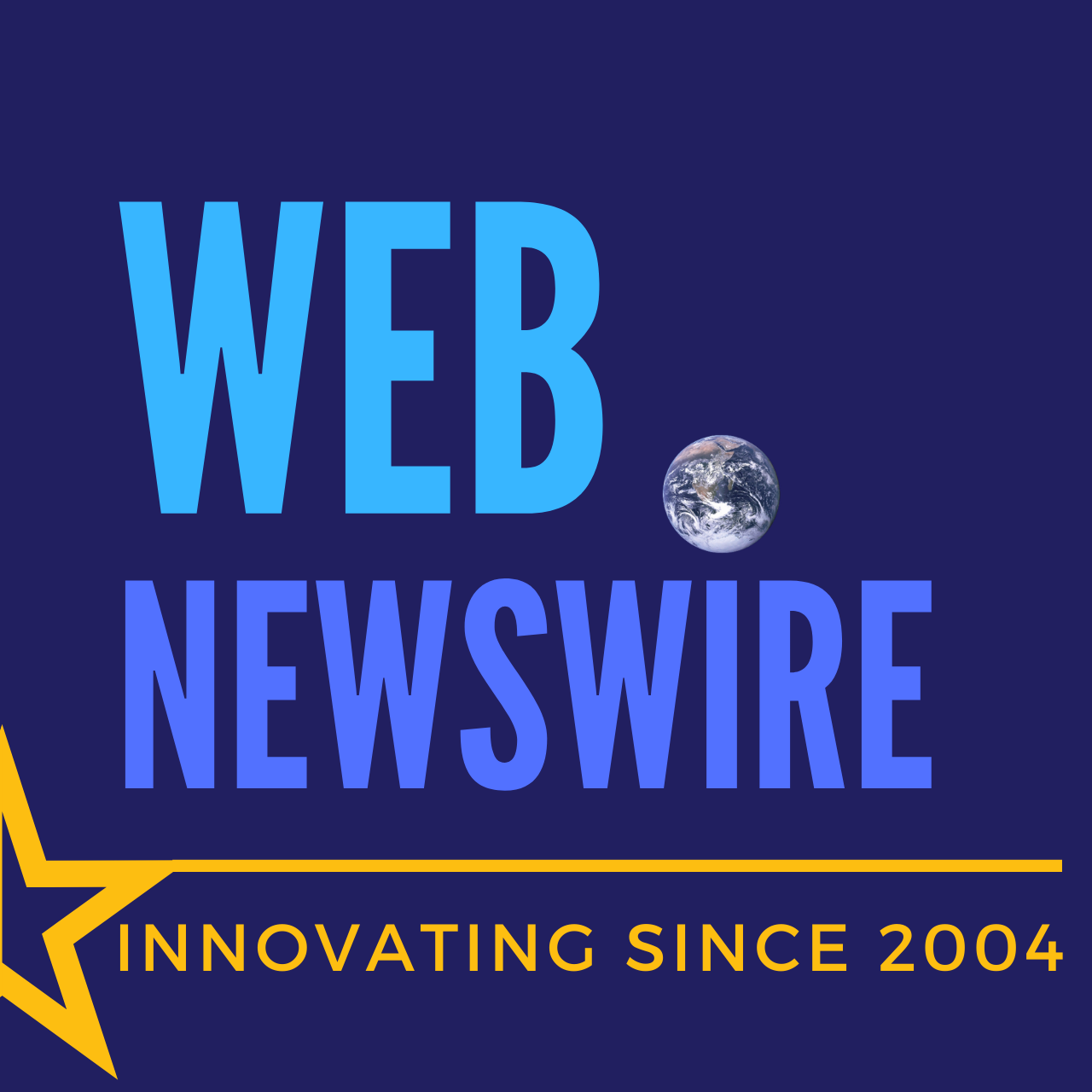Hong Kong – CE delivers Lunar New Year message (with photo/video)
CE delivers Lunar New Year message (with photo/video)
*****************************************************
Following is the translation of the Lunar New Year message delivered by the Chief Executive, Mr John Lee, today (February 9):
The Lunar New Year is a time for reunions, a time for families and friends to get together and cherish the joy and warmth of the festive season. We share our wishes for children to grow strong and healthy and for grown-ups to be blessed with good fortune.
The dragon is an auspicious symbol signifying nobility and good luck. As we welcome the Year of the Dragon, Hong Kong is nurturing fresh vitality and prosperity. We will seize each and every new opportunity, showcase the charm of our city, and write a bright new chapter for Hong Kong.
My wife and I wish the people of Hong Kong a full house of happiness and harmony in the Year of the Dragon. May all your wishes come true and may good health be with you. We wish you all the best in the Year of the Dragon!
(The message is available on the website of the Chief Executive’s Office: www.ceo.gov.hk/lny-message/24/en/)
SED delivers keynote speech at UGC University Leadership Forum (with photos)
****************************************************************************
根據《基本法》第一百三十七條:「各類院校均可保留其自主性並享有學術自由。」大學在學術和管理,包括課程設計、學術水平、收生標準、學位頒授、委聘教職員乃至內部資源分配等,都享有自主權。高度自主之所以可行,是建基於社會對大學管治的高度信任,而要贏得社會以及院校內外持份者的信任,靠的是每一位成員盡忠職守,高度問責,以及院校的良好管治。
二、提高治理能力
校董會是具領導地位和權責的法定管治實體,是院校最高管治及行政機構,對院校的整體方針、策略、人事任命及財務管理等擁有決策權。校董會的治理能力直接影響大學的發展。院校的治理主要靠領導和團隊的集體能力,因此,良好的管治有賴校董會主席,以及所有校董會成員,團結一致,齊心合力,做好「當家人」的角色,發揮第一責任人的作用,認真無私地履行職責。促進大學校董會和大學管理團隊加強溝通,彼此了解,互相尊重,分工合作。
三、提升治理成效
Since there are some non-Chinese speakers attending the forum, please allow me to briefly summarise my speech in English.
The Chief Executive stated in the 2023 Policy Address, we would develop Hong Kong into an international education hub and cultivate talent for future development. With the immense opportunities ahead, university leaders must work together to strengthen institutional governance to better fulfil their missions and achieve this goal together. To this end, I call on everyone to support us from three aspects: continuously improving the governance system, optimising governance capabilities and enhancing governance efficacy.
First, continuously improving the governance system. Article 137 of the Basic Law states that educational institutions of all kinds may retain their autonomy and enjoy academic freedom. Institutional autonomy is built on trust, which is based on responsibility embodied in governance. Since the UGC published the Sutherland Report, the universities’ legislative amendments have all been passed to reform their council composition. Launched in 2019, the University Accountability Agreement (UAA) was renewed in 2022. Both instances mark our key milestones in governance system enhancement. Looking forward, university councils must continue to review, consolidate, enhance, and reform their institutional governance frameworks to ensure effective governance and respond to evolving societal expectations.
Second, optimising governance capabilities, it depends on leadership and teamwork to achieve synergy. University councils are statutory governance bodies with leadership roles and responsibilities. University council members must have a strong sense of commitment and be visionary in discharging their important roles. Members of university leadership teams should also clearly delineate their respective responsibilities and show mutual respect to other members, demonstrating a strong sense of solidarity and embrace diversity when working together.
Third, enhancing governance efficacy, the UGC-funded universities receive a huge amount of public funding every year with recurrent funding of over $63 billion in the current triennium. It is thus imperative for the universities to put in place an efficient and accountable system to ensure effective use of resources in teaching, research and fulfillment of social responsibilities. In this regard, UGC has contributed tremendously through introducing the UAA, which is our key instrument that connects performance, accountability and funding. In essence, good governance implies embodying the spirit of accountability.
In closing, let us be fully aware of the significant role that our higher education sector may play in realising national strategies and local policies. All in all, with their exemplary international recognition and academic achievements, we should treasure the UGC-funded universities and devote ourselves to their continual success. I look forward to the staunch support from all of you in striving for good institutional governance, thereby propelling Hong Kong’s development as we advance from stability to prosperity. Once again, may I thank the UGC for organising this meaningful event today, and I wish you all a fruitful afternoon.
Hitachi, Ltd. (TSE:6501, “Hitachi”) announced today that it has delivered a proton therapy system to HKSH Medical Group (“HKSH”), of which Hong Kong Sanatorium & Hospital is a member. The system has started treatment as of July 11, which marks the beginning of proton therapy treatment service in Hong Kong. This system, consisting of two rotating gantry treatment rooms, each equipped with spot scanning technology, is expected to become model case to display its capability to be installed in limited space of urban area with tis compact design configuration. For over a century, HKSH has been a leading private hospital in a city renowned for the quality of its healthcare. Consistently ranked among the best hospitals in Asia, HKSH has been a pioneer in various advanced medical technologies, nursing care, and patient-centric care, serving as a model of care in the Asia Pacific region. Hitachi’s particle therapy systems can be found in leading hospitals around the world. With over 85,000 patients* treated to date, the systems have an excellent reputation for reliability. In addition to the proton therapy solution delivered to HKSH, Hitachi provides products and services with higher performance and added value, ranging from the heavy ion therapy system to the hybrid system combined with the capabilities of proton and carbon therapy. By promoting its healthcare business, Hitachi supports patient-friendly treatment and improvement of the quality of life (QoL) for cancer patients in Hong Kong and surrounding areas. It will continue to accelerate the globalization of its particle therapy system business and contribute to the further development of minimally invasive cancer treatments. *Statistics based on data up to December 2021 published on the PTCOG`s website (https://ptcog.site/index.php/patient-statistics). Overview of Particle Therapy About Hitachi, Ltd. Hitachi drives Social Innovation Business, creating a sustainable society through the use of data and technology. We solve customers’ and society’s challenges with Lumada solutions leveraging IT, OT (Operational Technology) and products. Hitachi operates under the business structure of “Digital Systems & Services” – supporting our customers’ digital transformation; “Green Energy & Mobility” – contributing to a decarbonized society through energy and railway systems, and “Connective Industries” – connecting products through digital technology to provide solutions in various industries. Driven by Digital, Green, and Innovation, we aim for growth through co-creation with our customers. The company’s consolidated revenues for fiscal year 2022 (ended March 31, 2023) totaled 10,881.1 billion yen, with 696 consolidated subsidiaries and approximately 320,000 employees worldwide. For more information on Hitachi, please visit the company’s website at www.hitachi.com.
Copyright ©2023 JCN Newswire. All rights reserved. A division of Japan Corporate News Network. Mexico City, Mexico – WEBWIRE – Thursday, July 6, 2023
On June 20, BYD, the worlds leading manufacturer of new energy vehicles, announced the delivery of the first 100 BYD YUAN PLUS to customers in Mexico. This significant achievement marks a crucial milestone for BYD, which further reinforces its position in the Mexican electric vehicle market. The delivery of 100 units of YUAN PLUS was jointly completed by BYD and three distributors Continental, Dalton and Liverpool, which have stores located in Mexico City and Guadalajara, reflecting their shared commitment to sustainable mobility. The YUAN PLUS is the first A-class SUV equipped with BYDs e-platform 3.0. With its outstanding advantages in terms of aesthetics, intelligence, efficiency, and safety, the YUAN PLUS provides a superior driving experience while contributing to the reduction of carbon emissions and the improvement of air quality in our cities. We are delighted to announce the simultaneous delivery of 100 BYD YUAN PLUS vehicles in Mexico City and Guadalajara. This milestone underscores the growing interest and demand for sustainable and efficient electric vehicles among Mexican consumers, stated Zou Zhou, Country Manager of BYD Mexico. We remain committed to providing high-quality green mobility solutions and further strengthening our presence in Mexico. BYD maintains its unwavering leadership in the global EV revolution, underscoring its firm foothold in the Mexican market. Our commitment to providing world-class electric vehicles and sustainable transportation solutions remains steadfast as we work towards creating a greener future. Through a bold vision and continuous innovation, BYD is at the forefront of promoting the transition to e-mobility on a global scale.
Hong Kong – SED delivers keynote speech at UGC University Leadership Forum (with photos)
Following is the keynote speech on “Institutional Governance and Expectation on the Roles of Council Members” by the Secretary for Education, Dr Choi Yuk-lin, at the University Leadership Forum organised by the University Grants Committee (UGC) today (January 30):
雷添良主席(教資會主席)、黃玉山教授(研究資助局主席)、各位校董會主席、各位校長、各位嘉賓、各位校董、各位高教界朋友:
大家好!很高興出席今日的論壇,與大家一起分享在「由治及興」下的院校管治,以及特區政府對大學領袖的期望。這個論壇因為疫情停辦幾年,期間科技高速發展,世界大局急速變化,香港高等教育在當中經歷了不少考驗。我在此感謝UGC(University Grants Committee)組織今日的活動,讓大家集思廣益,探討院校的管治與校董的角色,凝聚共識,一起推動香港高校更高質量發展,回應社會的關注和時代變遷。
高等教育是教育體系的龍頭,肩負「立德樹人」的使命。國家二十大報告提出:「科教興國戰略,強化現代化建設人才支撐」。在科技高速發展的年代,全球面對激烈的人才競爭,建設一流大學,培育一流人才,是塑造未來的關鍵力量。目前,香港已進入「由治及興」的階段,人才培育,關係香港未來,關係「一國兩制」行穩致遠。行政長官在二○二三年《施政報告》提出:建設香港成為「國際高等教育樞紐,未來人才搖籃」,以增強香港發展動能,貢獻國家發展。人才的儲備和高等教育的發展,成為支撐香港創新科技等範疇發展的重要基礎。而校董會的領導力,是良好管治的關鍵。
特區政府高度重視對教育的投資,香港高等教育的質素更是享譽全球,目前是全球唯一擁有五所百強大學的城市。高等教育的出色表現,原因很多,最近外訪,與國外高等教育界朋友交流時,他們都非常羨慕香港的大學有政府在財政上的大力支持;有穩定的發展環境、匯聚不少精英人才來港升學和進行研究;在《基本法》保障下,院校享有學術自由,在管治上高度自主;專家治校、自由開放都是香港高等教育的獨特優勢。
「創業難,守業更難。」香港高等教育的每一個成就,都是點滴積累,得來不易。要奠定扎實的基礎,維持院校健康蓬勃發展,進一步建設香港成為國際教育樞紐,良好的管治是關鍵。有良好的管治,我們的高等教育才能發揮院校自主和學術自由的威力;有良好的管治,才能貫徹落實大學辦學的願景和使命;有良好的管治,才能善用資源,匯聚一流人才,建設一流學科;而良好的管治,根本在校董會發揮作用。
校董會是大學管治的最高權力架構,負責審視大學發展的方向、策略,重要決策,對院校發展至關重要,由來自不同背景和專業的校內外成員組成,代表社會不同持份者,監察、促進和支持大學發展,向社會問責。同時,擔當大學與不同持份者間的橋樑角色,把社會對大學的期望、要求向學校管理層和教職員反映,確保大學按照使命良好運作。
如果校董會成員沒有好好履行責任,不單會影響院校發展,更會破壞社會對大學管治的信心,動搖大學的根基。面對全球激烈的競爭,香港高等教育慢進亦是退,丁點的分裂和內耗,都將對大學造成不可彌補的傷害。過去幾年,院校的管治經歷不少考驗,但實踐證明,只要大家團結一致,各司其職,就能求同存異,引領大學向更優質邁進,走在時代和世界的前端,更好地為建設美好香港和中華民族復興貢獻力量。
特區政府將繼續支持院校發展,支持院校優化管治,發揮香港高等教育的優勢。我呼籲每一位校董會成員,體現問責精神,從以下三方面積極配合,推動院校優化管治,促進院校發展。
一、完善治理體系
高度多元化是香港高等教育的重要特色之一。多元化體現在不同的人才匯聚,不同文化的交流碰撞,更體現在院校治理體系的建設。香港每一所公營大學,因應其不同的成立背景和目標,訂定自身的法例,規管院校,確保運作配合大學的背景、目標和辦學方針,照顧學生多元學習需要,以及有效回應社會期望。
據教資會《宋達能報告》:大學應以「切合所需」為原則,檢視校董會的組成架構,其後,教資會又針對院校管治發表了《香港教資會資助高等教育院校的管治》報告,鼓勵院校參考報告提出的原則,以及參照國際及本地的良好做法,與時並進,適時檢視院校管治。近年,不少院校因應實際,就過時落伍的條文提出修訂,精簡校董會架構,引入更多社會賢能等,持續優化治理體系,體現問責自主,精益求精的精神,贏得公眾和社會的肯定。
同時,特區政府亦就支持院校提高治理水平做了大量工作。其中包括在二○一九年引入《大學問責協議》,配合大學三年期規劃,因應需要更新,確保高等院校資源分配,人才培育符合社會發展需要。事實上,院校管治的挑戰日新月異,面對世界百年未有之大變局,院校發展要立足中華民族偉大復興戰略全局,心懷「國之大者」,敢於擔當,善於作為。完善「治理體系」是院校持續發展的一部分,校董會有責任不斷檢視、整合、優化,以至革新院校管治框架,確保管治有方。
在此,我感謝大家為優化院校管治付出的努力與貢獻,同時,我亦呼籲各位校董會成員,發揮院校領導的角色與作用,全力支持校董會的工作,促進院校健康發展。
中央港澳辦夏寶龍主任談到香港良政善治時指出:「愛國愛港力量要實現大團結,大家要海納百川,抛開『門戶之見』,善於團結協作,遇事多溝通、多交流、多諒解、多補台,容人、容言、容事。」在目前的複雜多變的國際形勢下,領導團隊應謹記「和氣致祥,乖氣致異」。所謂「上下同欲者勝」,應用到院校的管治,校董會成員要以廣闊胸襟,求同存異,包容共濟,協力貢獻院校發展。
事實上,校董會成員都是不同領域的傑出人士,熱心服務,有使命擔當,出任公職,以自身專長和專業,貢獻院校發展。除了日常在校董會會議積極進言和投入之外,我也見證不少校董非常努力認真,在校董會會議外,尋求合適機會,認真了解院校發展的歷史、目標和方向,以及遇到的困難與挑戰,與大學管理團隊及不同持份者協力同心,主動關心支持大學發展,以自身專業增強校董會的治理能力。
院校的治理成效,體現在對教育目標的落實以及資源的善用上。行政長官提出建設香港成為「國際專上教育樞紐」,通過推動大學擴容提質,吸引更多不同地方的人才來港留學,打造更多元化的高等教育生態,提高院校治理效能,增強香港發展動能。
現屆政府強調「以結果為目標」,通過訂立不同指標,包括KPI(關鍵績效指標),監督施政進度和成效,定期檢討,適時改進。教資會兩份報告開宗明義:大學每年接受龐大的公帑資助,目前三年期的經常性補助金達632億元,所以,大學必須要有一套高效問責的制度,確保公帑用得其所。在提升院校管治效能上,財務管理固然重要,更重要的是大學如何利用有限的資源,在教學、科研及履行社會責任上,做出好成績,回應社會期望。
因此,教資會通過《大學問責協議》,訂明大學妥善運用撥款須遵守的原則及須負上的責任,明確列出約二十多項表現指標,再加上由院校自行制定的十多項表現指標,客觀全面地評估大學的表現,並將評估結果與大學撥款掛鉤,以體現院校問責精神,提升管治效能。
最重要的是大學校董會必須以大局觀,規劃和推進院校發展,在競爭進步的同時,積極推動跨院校協作和跨界別交流,發展協同效應,共同面對全球人才和科技的競爭,人文和道德價值建設的挑戰,提升院校治理效能,善作善成。
總結
百年大計,教育為本。在國家高速發展,香港「由治及興」的關鍵時刻,高等院校任重道遠。而推動院校完善治理體系,增強治理能力,提升治理效能,有賴各位校董會成員團結一致。今日的論壇,只是開始,院校的良好管治,需要大家持續的努力與不斷自我完善。藉此機會,我感謝UGC舉辦今日的論壇,感謝各位分享嘉賓,另外要感謝在座各位校董會成員你們的無私付出。最後,我祝願今日的論壇圓滿成功!Japan – Hitachi Delivers Proton Therapy System to HKSH Medical Group

Website of Hitachi’s Particle Therapy System: www.hitachi.com/businesses/healthcare/products-support/pbt/index.html.BYD Delivers Its First 100 Units of YUAN PLUS in Mexico
Japan – Fujitsu delivers digital transformation with AI demand forecast service for TORIDOLL noodle shops throughout Japan
Press Release
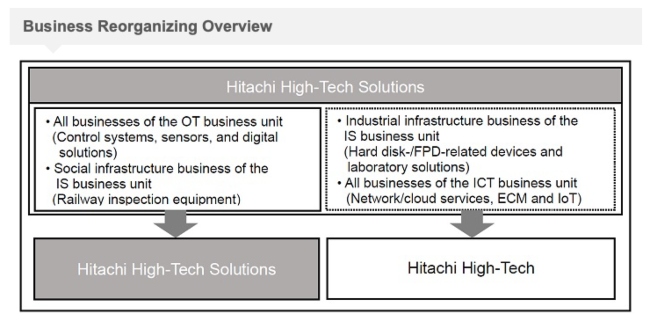
Feb 16, 2023 14:31 JST
2023年02月16日 11時00分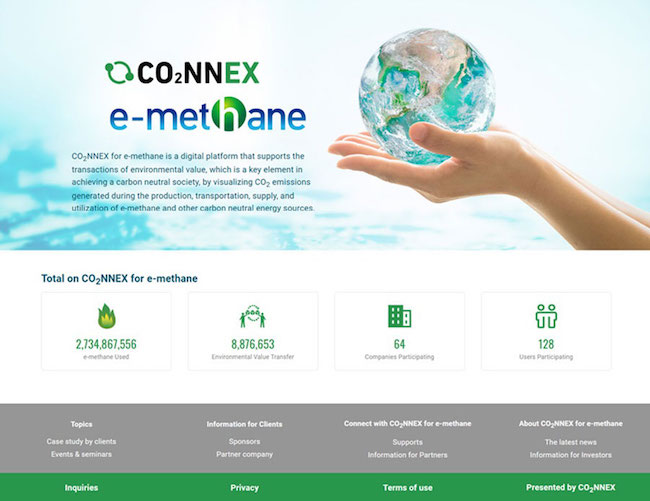
Feb 15, 2023 11:17 JST
Feb 15, 2023 11:17 JST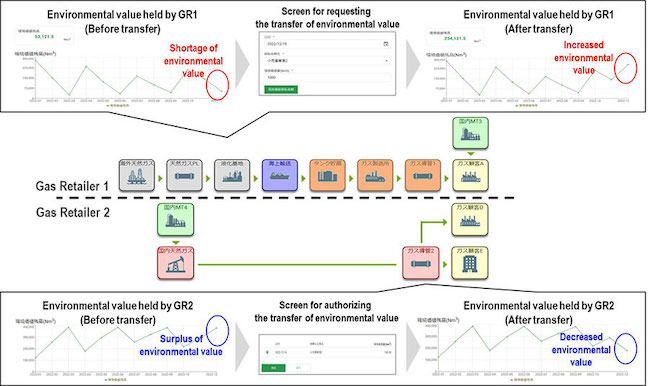
Feb 15, 2023 11:17 JST
Feb 14, 2023 09:27 JST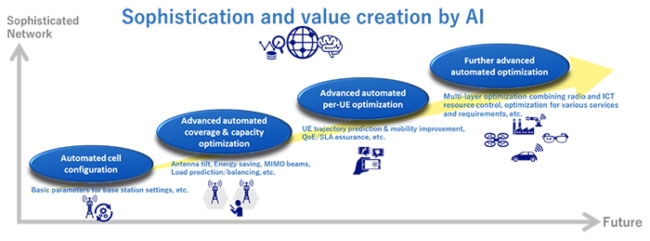
Feb 13, 2023 15:11 JST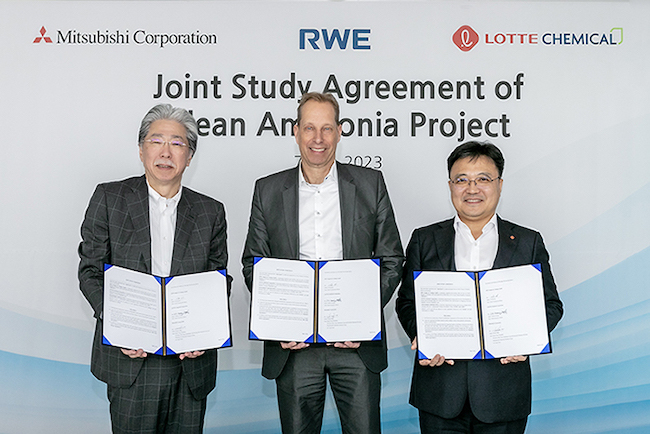
Feb 08, 2023 16:37 JST
inter airport Southeast Asia 2023 returns in March; exhibition completely sold out after four-year hiatus
Feb 16, 2023 17:35 JST
富士通、トルコ・シリア大地震による被害への支援について
Feb 16, 2023 16:30 JST
日立ハイテク、社会インフラの課題解決力強化に向けて、日立ハイテクソリューションズを再編
Feb 16, 2023 15:30 JST
NEC launches Value Added xHaul Solution Suite with Open Ecosystem
Feb 16, 2023 16:15 JST

Reorganizing Hitachi High-Tech Solutions to Strengthen Capabilities for Solving Social Infrastructure Issues
![]()
![]()
![]()
Feb 16, 2023 14:31 JST


三菱電機、ビル用マルチエアコン室内ユニット「天井カセット形4方向吹出し」新製品発売
Feb 16, 2023 13:30 JST

三菱重工、グループ表彰制度「Best Innovation」で地球環境負荷低減に貢献する活動を表彰
Feb 16, 2023 12:30 JST


サステナブルな旅という視点からみた CNN「The Journey Matters」の東京探検
![]()
![]()
![]()
Feb 16, 2023 11:00 JST


サステナブルな旅という視点からみた CNN「The Journey Matters」の東京探検
Feb 16, 2023 11:00 JST


MHI Group Presents “Best Innovation 2022” Awards for Activities that Contribute to Mitigating Impacts on the Global Environment
Feb 16, 2023 10:35 JST


More Press Releases >>
